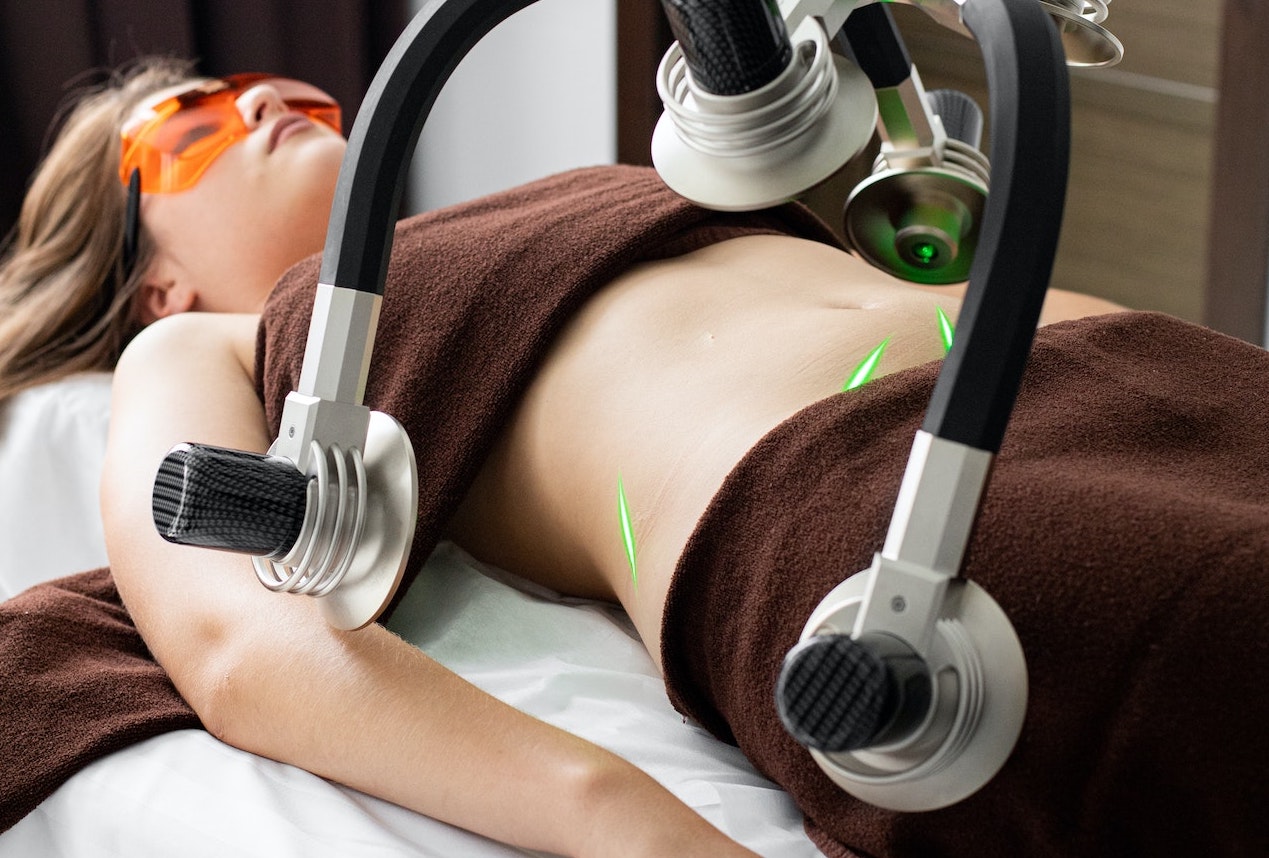REGULATION (EC) NO 1223/2009 AND CMR SUBSTANCES
Regulation (EC) No 1272/2008, commonly called CLP Regulation, provides for a harmonized classification of substances as carcinogenic, mutagenic or toxic for reproduction (CMR) based on an opinion prepared by the Committee for Risk Assessment of the European Chemicals Agency (ECHA). Depending on the level of evidence of their CMR properties, substances are classified as CMR substances of category 1A, 1B or category 2.
By default, the use of substances classified as CMR (under the CLP Regulation) is banned according to Article 15 of the European Cosmetics Regulation (Regulation (EC) No 1223/2009). Nevertheless, a CMR substance may be used in cosmetic products, by way of exception, if specific conditions are fulfilled.
With the aim of implementing the prohibition of CMR substances, ensure legal compliance (particularly for economic operators and national competent authorities) and to ensure a high level of protection of human health, these compounds are included in Annex II (list of substances prohibited in cosmetics products) or Annex III (list of substances which cosmetic products must not contain except subject to the restrictions laid down) of the EU Cosmetics Regulation. A CMR substance may also be deleted from Annexes III to VI of the Regulation for these purposes.
CORRECTIONS AND AMENDMENTS TO THE ANNEXES
Certain substances have recently been classified as CMR, in accordance with CLP Regulation.
Last May, the European Commission published the Commission Regulation (EU) 2021/850, called “OMNIBUS III”, amending and correcting Annex II and amending Annexes III, IV and IV to Regulation (EC) No 1223/2009 on cosmetic products. The amendments to the Cosmetics Regulation apply from the same date of the Delegated Regulation and will come into force from 1 October 2021.
This means that the Annexes (II, III, IV and VI) of the EU Cosmetics Regulation will suffer modifications. Several ingredients will be included in Annex II, the list of substances prohibited in cosmetic products. A request for use of these ingredients in cosmetics by ways of exception was not submitted. The 12 substances which are going to be incorporated in the prohibition list are:
- Cobalt (CAS number: 7440-48-4)
- Metaldehyde (ISO); 2,4,6,8-tetramethyl- 1,3,5,7-tetraoxacyclooctane (CAS number: 108-62-3)
- Methylmercuric chloride (CAS number: 115-09-3)
- Benzo[rst]pentaphene (CAS number: 189-55-9)
- Dibenzo[b,def]chrysene; dibenzo[a,h]pyrene (CAS number: 189-64-0)
- Ethanol, 2,2′-iminobis-,N-(C13-15-branched and linear alkyl) derivs. (CAS number: 97925-95-6)
- Cyflumetofen (ISO) (CAS number: 400882-07-7)
- Diisohexyl phthalate (CAS number: 71850-09-4)
- Halosulfuron-methyl (ISO) (CAS number: 100784-20-1)
- 2-methylimidazole (CAS number: 693-98-1)
- Metaflumizone (ISO) (CAS number: 139968-49-3 and CAS number: 852403-68-0)
- Dibutylbis(pentane-2,4-dionato-O,O’)tin (CAS number: 22673-19-4)
Until now, according to the European Regulation (EC) No 1223/2009, Titanium Dioxide (see previous post) was included in the list of UV filters allowed in cosmetic products (Annex VI, nano and non-nano form) and in the list of colourants allowed in cosmetic products (Annex IV, when in compliance with certain criteria). The nano form of this ingredient is only allowed in ready for use preparations, except in applications that may lead to exposure of the end user’s lungs by inhalation and subject to the other conditions listed (entry 27a of Annex VI).
Recently, Titanium Dioxide in the powder form, containing 1% or more of particles with aerodynamic diameter of 10 µm or less, has been classified as ‘Carcinogen Category 2 (inhalation)’. Based on the 2020 SCCS (Scientific Committee on Consumer Safety) opinion, Titanium Dioxide in these conditions should not be authorized for use in applications that may give rise to inhalation exposure by the end user. This ingredient will be added to Annex III (restricted substances) and its use should only be allowed in face products in loose powder form and in hair aerosol spray products (as indicated in the SCCS conclusions). This restriction will be also added to the entries of Annex IV and Annex VI of this ingredient.
Other amendment to the Regulation (on Annex III) was made in regard to Salicylic Acid. Following the conclusions of the SCCS on this substance, the Commission concluded it was appropriate to authorize the use of Salicylic Acid for purposes other than preservative function, in body lotion, eye shadow, mascara, eyeliner, lipstick and roll-on deodorant in concentration of up to 0.5%. Previously, Salicylic Acid was only allowed as a preservative in such categories (up to concentration of 0.5%. The wording of the use conditions of this ingredient was modified for clarification purposes.
If you wish to get more information on these changes or other information related with cosmetic products Regulation in the European Union, do not hesitate to contact us at info@criticalcatalyst.com.
References:
- Regulation (EC) No 1223/2009 of the European Parliament and of the Council of 30 November 2009 on cosmetic products.
- Commission Regulation (EU) 2021/850 of 26 May 2021 amending and correcting Annex II and amending Annexes III, IV and VI to Regulation (EC) No 1223/2009 of the European Parliament and of the Council on cosmetic products.













